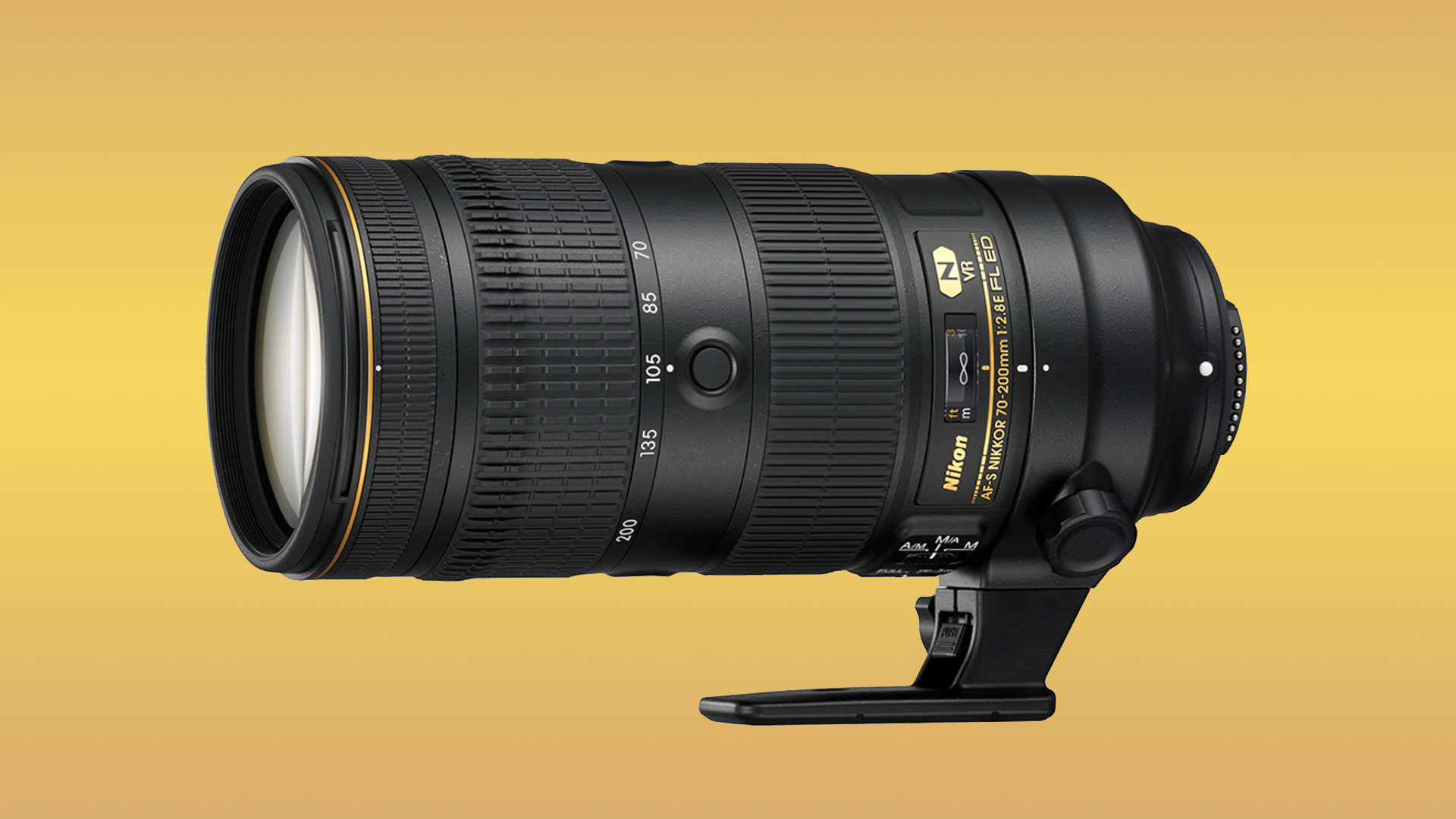Space Verdict
Loaded with features and sharp edge-to-edge, the Nikkor AF-S FX 70-200mm f/2.8 FL-ED VR has minimal chromatic aberration and incredible optical quality which favors astrophotography
Pros
- +
Outstanding optical performance
- +
4 stops of VR for low light shooting
Cons
- -
A hefty price tag
- -
Function buttons aren’t useful for astro
Why you can trust Space.com
The Nikkor AF-S FX 70-200mm f/2.8 FL-ED VR is the replacement for its predecessor Nikkor AF-S 70-200mm f/2.8G ED VR II. There are many improvements with the new lens and they are greater than the sum of their parts, especially when paired with one of the best cameras for astrophotography.
The lens is made of lightweight fluorite elements, which keeps the weight down. New customizable buttons on the lens barrel make tracking subjects easier. The focusing seems even faster and has a much closer minimum focusing distance, even when zoomed all the way in to 200mm and it adds an extra half stop of Vibration Reduction to keep the view steady during handheld shooting, allowing for longer shutter speeds.
Type: Telephoto zoom, FX
Compatibility: Nikon DSLR
Focal range: 70-200mm
Aperture range: f/2.8 constant
Thread size: 77mm
Weight: 50 oz
Compared to its older brother the Nikkor AF-S 70-200mm f/2.8E FL ED VR has its rings switched, with the zoom ring at the end of the barrel, and the focus ring closer to the camera body to match Nikon’s other professional-grade telephoto lenses.
Thanks to its Silent Wave Motor and internal focusing, it’s blisteringly fast autofocus is also whisper quiet. Each ring on the lens is light as a feather, which means faster manual focus override and quicker recomposing. Its wide f/2.8 aperture is constant throughout the zoom range which is perfect for astrophotography as it means settings don’t need to be switched throughout the shoot. This easily makes it one of the best zoom lenses, if you want a telephoto for a Nikon DSLR.
Nikkor AF-S FX 70-200mm f/2.8 FL-ED VR : Design
- Customizable buttons on the lens barrel
- Extensive weather-sealing
- Lightweight fluorite glass
Though not strictly useful for astrophotography, there are four customizable function buttons on the lens barrel, each dotted around in between the focus ring and the focal length zoom ring. They’re designed to be operated during shooting by the photographer in order to track subjects better. A switch on the side converts these buttons to either lock autofocus (AF-L) or turn it on (AF-ON) but it also offers an off setting in case these aren’t helpful to you. The AF-L feature is especially useful when tracking subjects that move between foliage and makes this lens ideal for wildlife or sports photography.
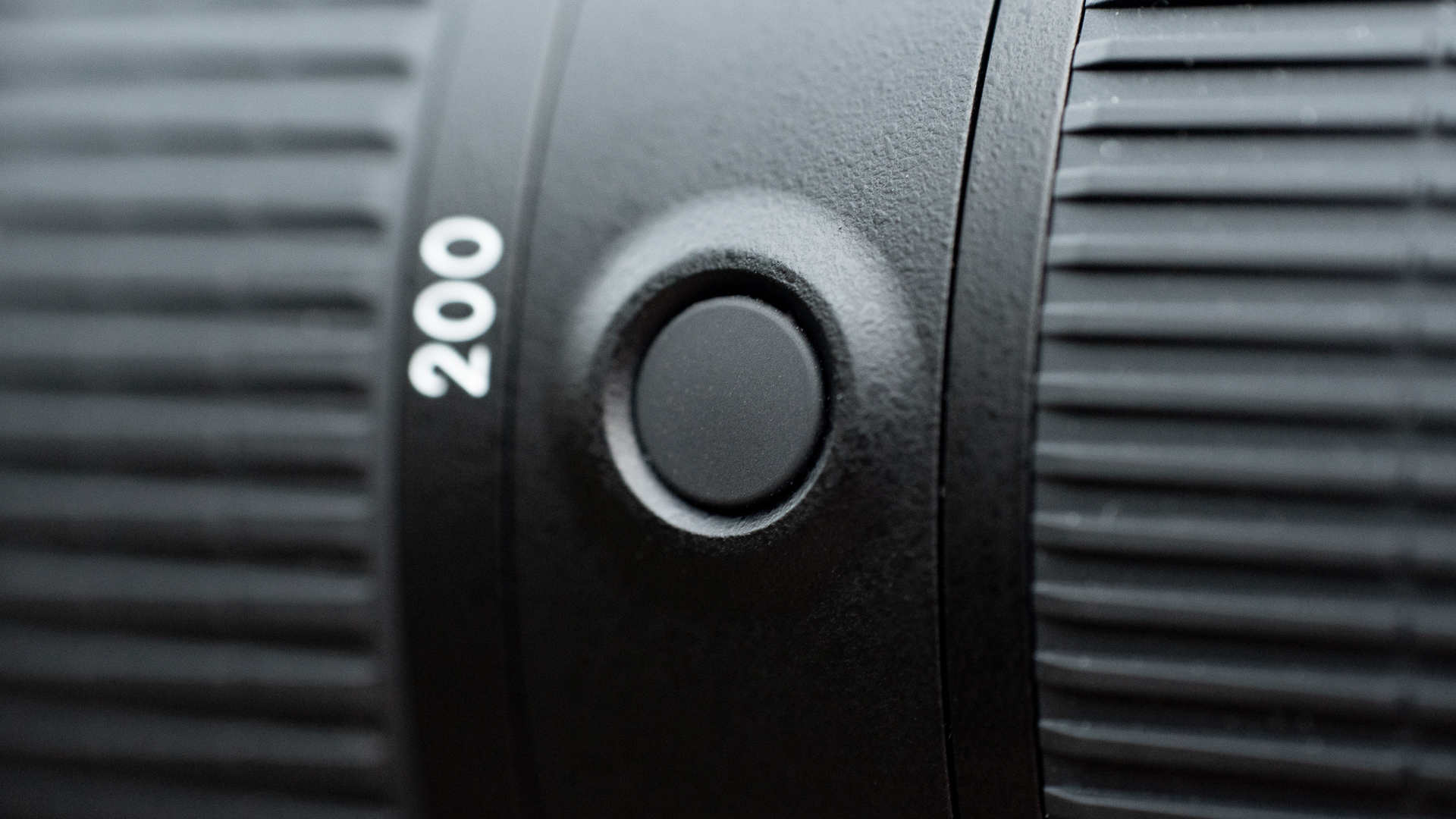
Both the zoom ring and focus ring on the Nikkor AF-S FX 70-200mm f/2.8 FL-ED VR are exceptionally smooth and light. It’s easy to support the lens in the left hand and operate each ring independently with just a finger or a thumb.
It’s lighter than the older Nikkor 70-200mm f/2.8G ED VR II which it replaces, due to the fluorite glass inside, but it’s also slightly shorter too and beefs up all the way down the lens barrel which makes it quite comfortable in the hand. Ribbed rubber grips on both rings make it easy to operate in any condition and great weather sealing all around keeps it free from dirt, dust, and other debris.
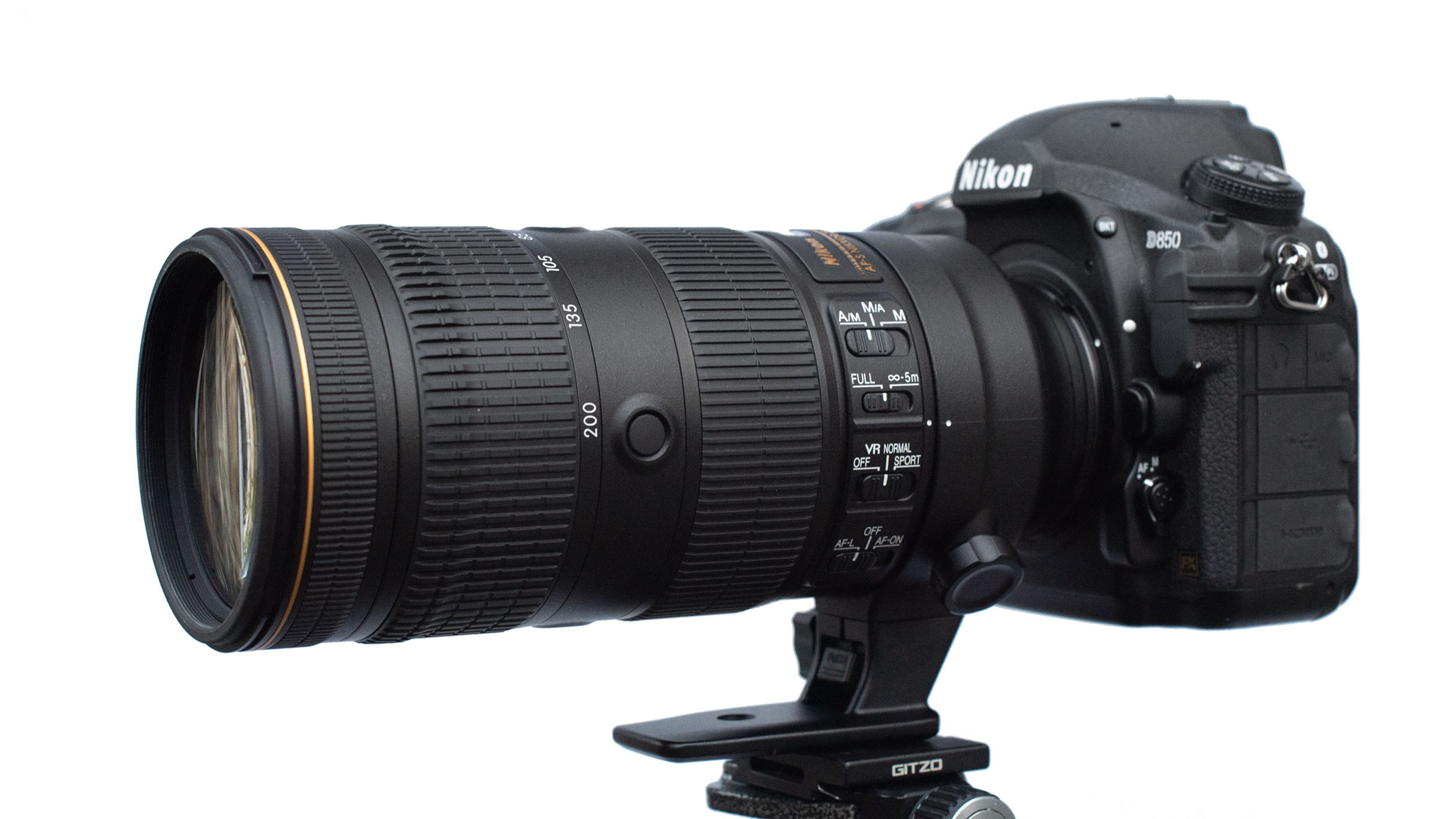
The Nikkor AF-S FX 70-200mm f/2.8 FL-ED VR lens also has a detachable tripod collar to support the lens and camera combination safely when mounted. It has a tripod collar ring, fixed via a screw, to allow for adjustment in camera orientation without having to remount the lens as the camera rotates on its own. Thus, vertical and horizontal orientation images work perfectly without altering the composition.
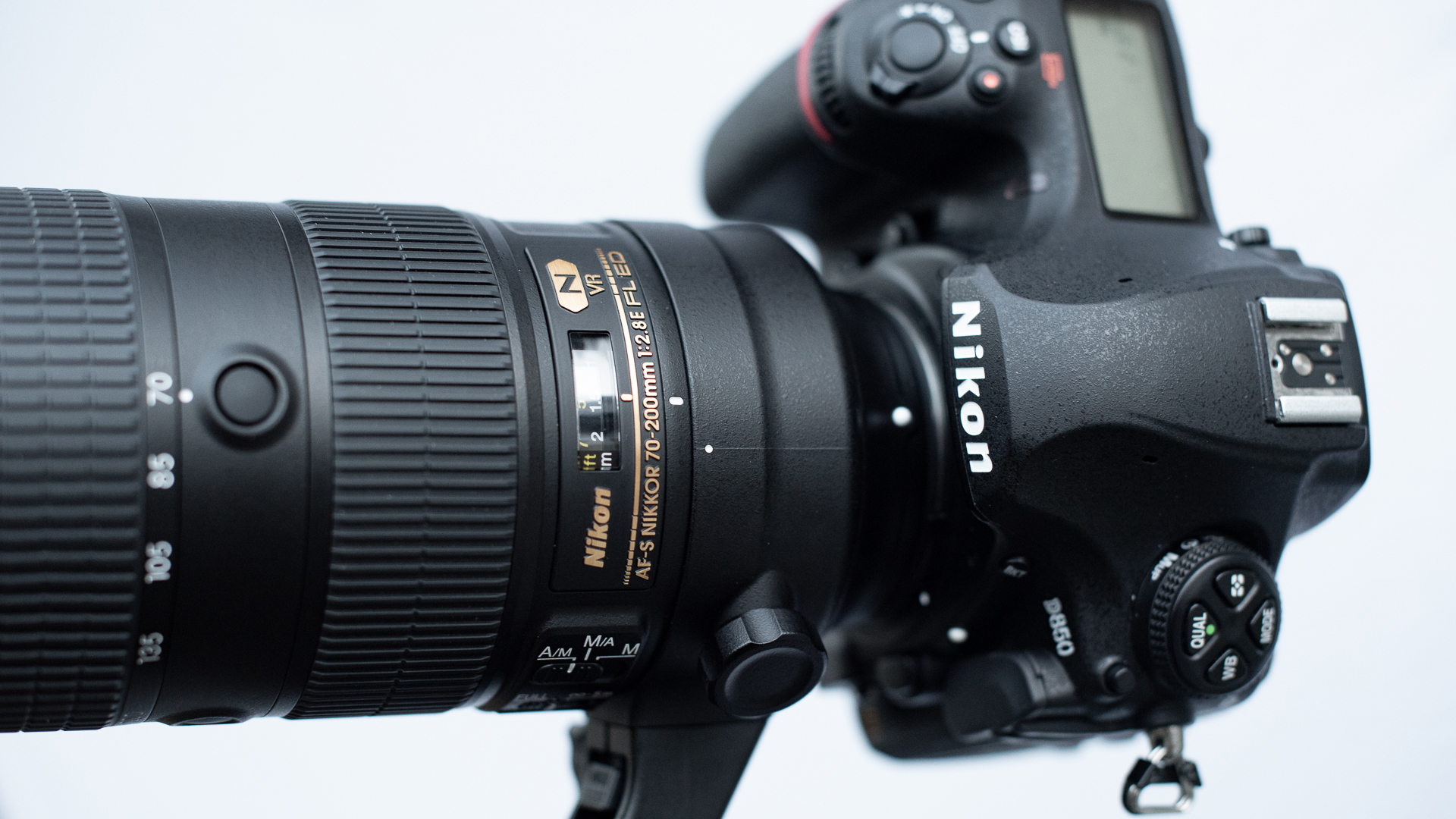
Nikkor AF-S FX 70-200mm f/2.8 FL-ED VR: Performance
- 4 stops of Vibration Reduction
- Edge-to-edge sharpness is excellent
- Focusing is lightning fast
Should you need to capture low light astronomical images, such as a handheld lunar rise on a distant horizon or near a landmark, then four stops of Vibration Reduction keeps the frame rock-steady while you rattle off some shots. Pair it with a camera body capable of autofocusing in low light and the autofocus will more than keep up with you (we recommend the Nikon D850 which focuses down to -4EV).
At any aperture, the edge-to-edge sharpness of this lens is insane, possibly one of the sharpest we’ve ever tested. Shooting wide open at f/2.8 is what this lens is known for and makes light work of any low light environment. Use it to focus up on a distant bright star or better yet, use the smooth focus ring to zoom in on Live View and pin-point focus perfectly.
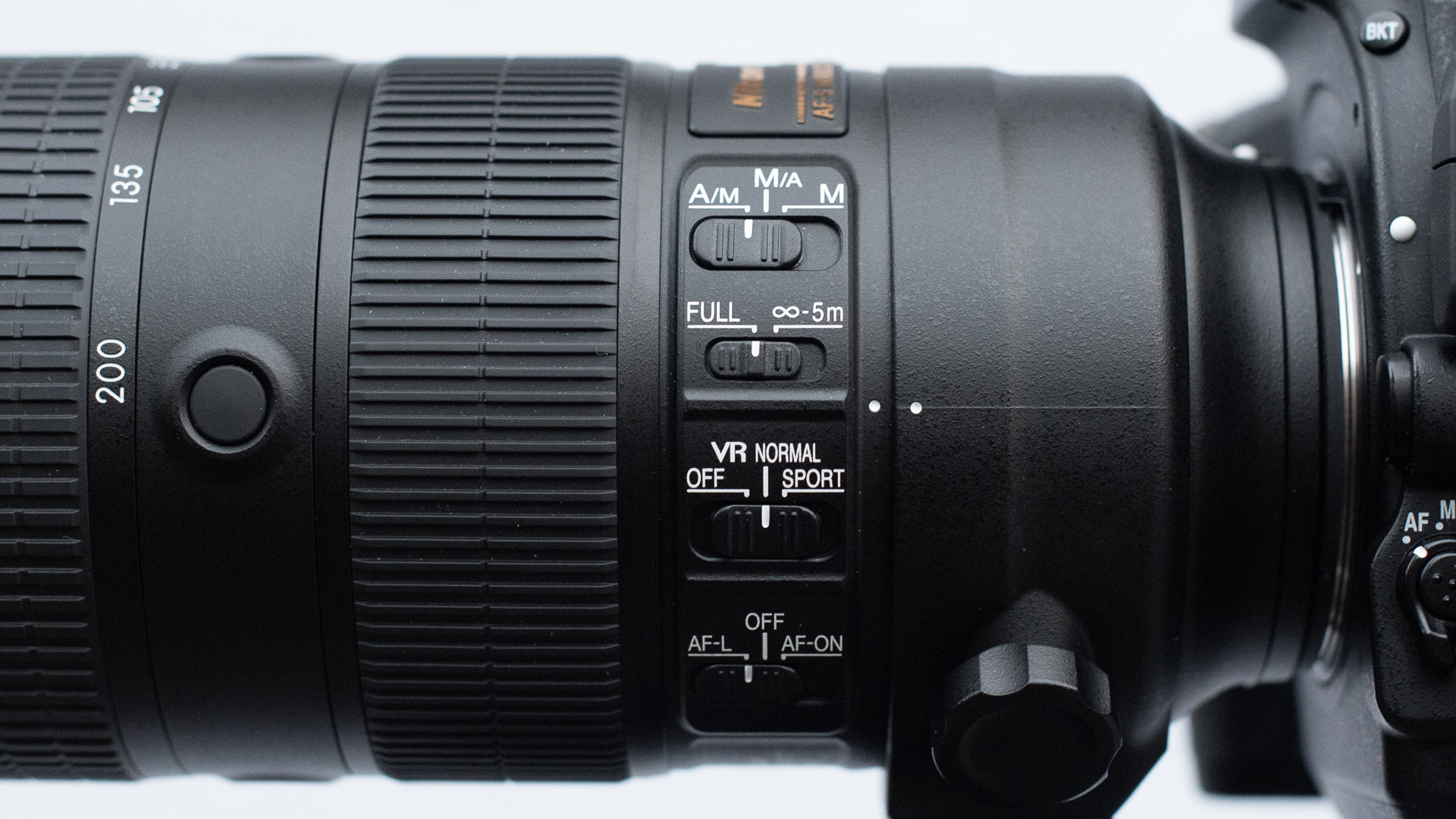
In times past, it was important for astrophotographers to make sure any image stabilization on the lens was switched off when shooting from a tripod. That’s because the stabilization would get confused and force a hunt to keep the frame steady, when in fact it was already stable. Those slight movements during long exposures had a habit of introducing movement blur and as such ruining a long exposure image (essential in astro). However, the Nikkor AF-S FX 70-200mm f/2.8 FL-ED VR intelligently recognizes when it’s on a tripod and switches off automatically, without the user ever needing to worry.
Should you buy the Nikkor AF-S FX 70-200mm f/2.8 FL-ED VR?
For users who want to get a little more intimate with the stars in their photography, the Nikkor AF-S FX 70-200mm f/2.8 FL-ED VR lens pushes in for a closer look with plenty of flexibility when it comes to the zoom range.
Deep-field astrophotography is where the Nikkor AF-S FX 70-200mm f/2.8 FL-ED VR really excels, thanks to the wide constant aperture and intelligent Vibration Reduction that switches off automatically when it detects it’s on a tripod. It’s also well suited to lunar photography, especially when combining it with foreground elements and subjects on the horizon. The Extra-low Dispersion glass helps to remove chromatic aberration, something which can plague astrophotographs in inferior lenses.
It’s definitely the best telephoto zoom lens Nikon does in this focal length range and is equally adept in other low light situations such as twilight portraits, or gig photography. It’s brilliant in many ways and it’s clear why it owns the space in the holy trinity of lenses that Nikon offers (the Nikon AF-S 14-24mm f/2.8G ED and the Nikkor AF-S 24-70mm f/2.8E ED VR being the other two lenses in that trilogy).
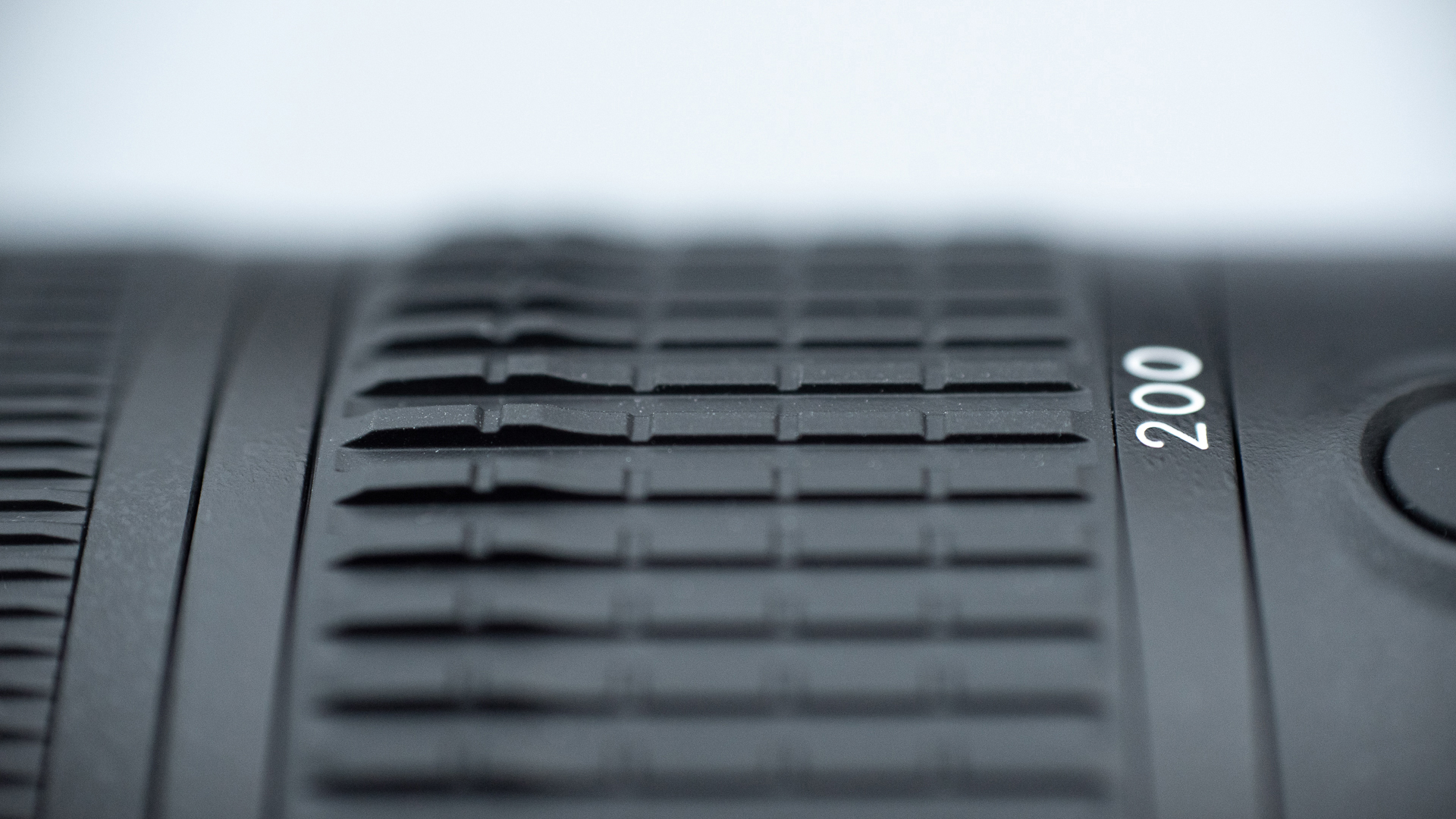
If this product isn’t for you
Beginners may wish to opt for the much more approachable AF-P NIKKOR 70-300mm f/4.5-5.6E ED VR which is simpler in construction and costs nearly four times less than the Nikkor AF-S FX 70-200mm f/2.8 FL-ED VR. That, plus it has half a stop more VR totaling 4.5 stops of VR for steadier handheld shooting, though the narrower aperture range requires it.
Those shooting on a DX crop-sensor body can use the AF-P DX NIKKOR 70-300mm f/4.5-6.3G ED VR , which is almost identical to the full-frame version but the variable aperture narrows half a stop at the longest end of the zoom range and will actually give an effective focal length of 105-450mm due to the DX crop factor.
Nikon owners wanting a little bit more reach should check out the AF-S DX NIKKOR 55-300mm f/4.5-5.6G ED VR. It has only three stops of VR compared with the Nikkor AF-S FX 70-200mm f/2.8 FL-ED VR but that’s still only one stop less than the aforementioned AF-P DX NIKKOR 70-300mm f/4.5-6.3G ED VR.
Join our Space Forums to keep talking space on the latest missions, night sky and more! And if you have a news tip, correction or comment, let us know at: community@space.com.
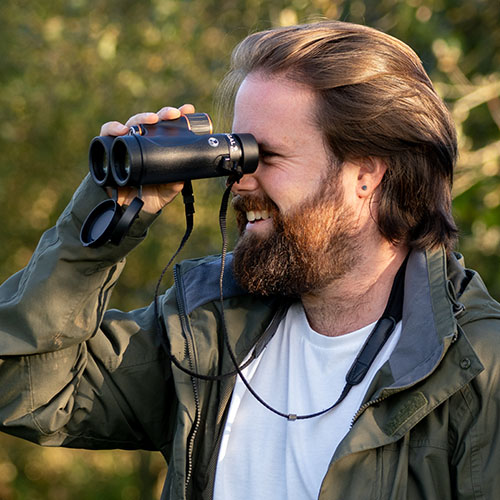
Jase Parnell-Brookes is the Managing Editor for e-commerce for Space and Live Science. Previously the Channel Editor for Cameras and Skywatching at Space, Jase has been an editor and contributing expert across a wide range of publications since 2010. Based in the UK, they are also an award-winning photographer and educator winning the Gold Prize award in the Nikon Photo Contest 2018/19 and named Digital Photographer of the Year in 2014. After completing their Masters degree in 2011 and qualifying as a teacher in 2012, Jase has spent the last two decades studying and working in photography and publishing in multiple areas, and specializes in low light optics and camera systems.
